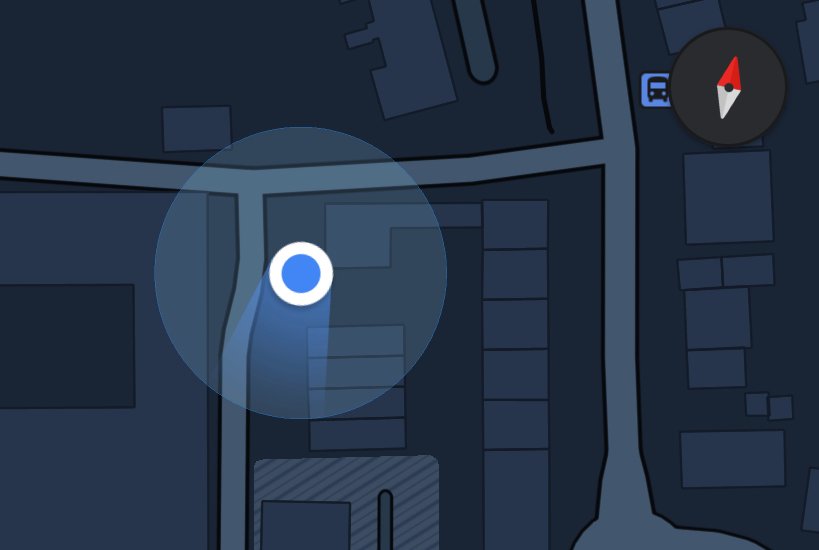
Máté Lengyel
@lengyel_m
computational neuroscience
ID: 986499768745644032
http://lengyellab.org 18-04-2018 07:00:47
30 Tweet
704 Followers
183 Following

🔥Excited to be starting as a Lecturer (Assistant Prof.) at Queen Mary Univ. of London QMUL Psychology QM_SBBS Queen Mary University of London! 🔥 My lab will focus on computational cognitive neurosci. 🧠 of decision-making under uncertainty 🎲, e.g., during navigation 🧭, using machine learning & robotics 🤖



Indeed, this was fun to write, many thanks to co-authors James Heald, Daniel Wolpert. As a theorist, I have always been daunted by the many, idiosyncratic ways different communities have conceptualized (context-dependent) learning. Here is our humble attempt to unify some of this.

What in the pic below helps navigation? A map, sure. And a compass, of course. A blue dot that shows where you are. Noticed that blue disc around the dot? That's a representation of uncertainty. Yul HR Kang (강형률) explored what this means for human navigation and rodent grid cells.


Models of single-neuron processing describe a neuron's functional architecture as either tree-like, following the real morphology of dendrites, or one big densely connected DNN. Young Joon Kim found that it's neither: there are two sparse "trees" in parallel. Paper in Cell Reports.



A paper that changed the way I think about stuff I thought I understood (pattern completion, in particular) - and I even got to be an author on it: pnas.org/doi/10.1073/pn…. Check out post by Jake Stroud for a gentle introduction.

Sub-additivity (aka. response normalization) and variability quenching often go hand-in-hand in cortex. Why? We provide some potential answers: rdcu.be/dy1q5 -- a review with Goris Lab CoenCagli_Lab Ken Miller and Nick Priebe.


There was too much to compress into the intro /discussion of Jake Stroud's paper on dynamic coding (pnas.org/doi/10.1073/pn…) so we ended up writing a review: cell.com/trends/cogniti…

When you start a debate with Jonathan Pillow only to realise that you actually agree on almost everything. Long live Marr's levels -- all of them.


Thanks, Rodrigo Echeveste for stopping by and telling us about your exciting and diverse research -- in spite of the deteriorating conditions for research in Argentina (science.org/content/articl…).